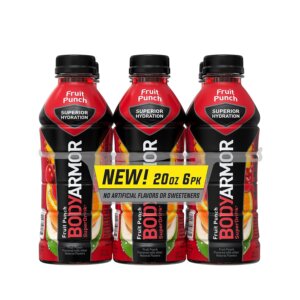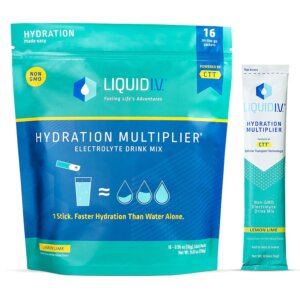This website uses affiliate links which may earn a commission at no additional cost to you.
As cyclists, we’ve come to learn the importance of fueling our bodies for optimal performance. Over the years of our cycling experience, we’ve discovered that electrolytes play a crucial role in our performance and overall well-being.
From battling muscle cramps to experiencing the negative effects of dehydration, we understand firsthand the significance of electrolytes for cyclists.
In this article, we will delve into why electrolytes are essential and how you can optimize your cycling performance by incorporating them into your nutrition plan.
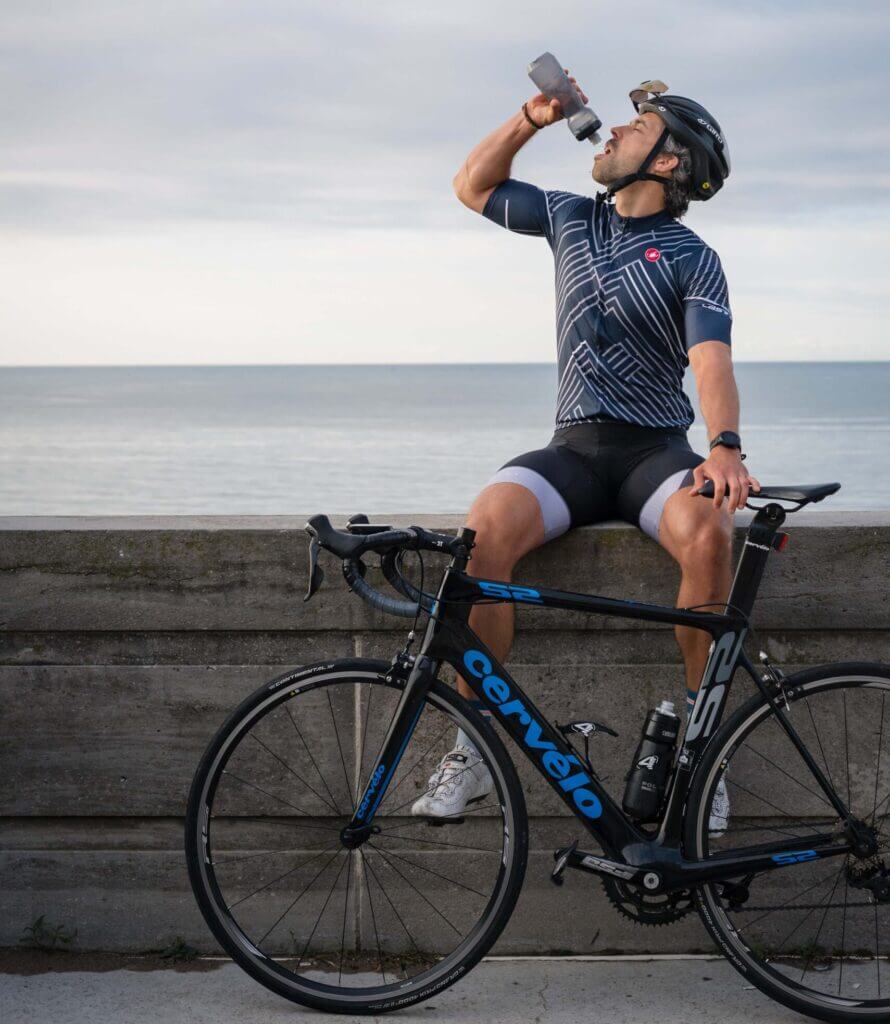
Understanding Electrolytes
To grasp the significance of electrolytes for cyclists, let’s delve deeper into the science behind them. Electrolytes are minerals that dissolve into ions when they come into contact with water.
These ions, such as sodium, potassium, calcium, and magnesium, carry an electric charge that enables them to conduct electrical impulses in our bodies.
Electrolytes are essential for maintaining proper hydration and facilitating various bodily functions. They help regulate the balance of fluids inside and outside our cells, ensuring optimal cell function.
When we sweat during intense exercise, we lose electrolytes, particularly sodium and potassium, through our sweat. This loss can lead to imbalances and potentially hinder our performance.
Sodium, the most abundant electrolyte in extracellular fluid, plays a crucial role in maintaining fluid balance and nerve function. It helps regulate the amount of water inside and outside our cells, ensuring proper hydration and transmitting nerve impulses effectively.
Potassium, on the other hand, is the primary electrolyte inside our cells and is essential for muscle contractions and nerve signals.
Calcium and magnesium are also vital electrolytes for cyclists. Calcium is involved in muscle contractions, including the heartbeat, and contributes to strong bones. Magnesium, on the other hand, supports muscle function, energy production, and protein synthesis.
When we don’t have enough electrolytes in our system, it can lead to dehydration, muscle cramps, fatigue, and impaired performance. Therefore, replenishing these electrolytes is crucial for maintaining optimal cycling performance.
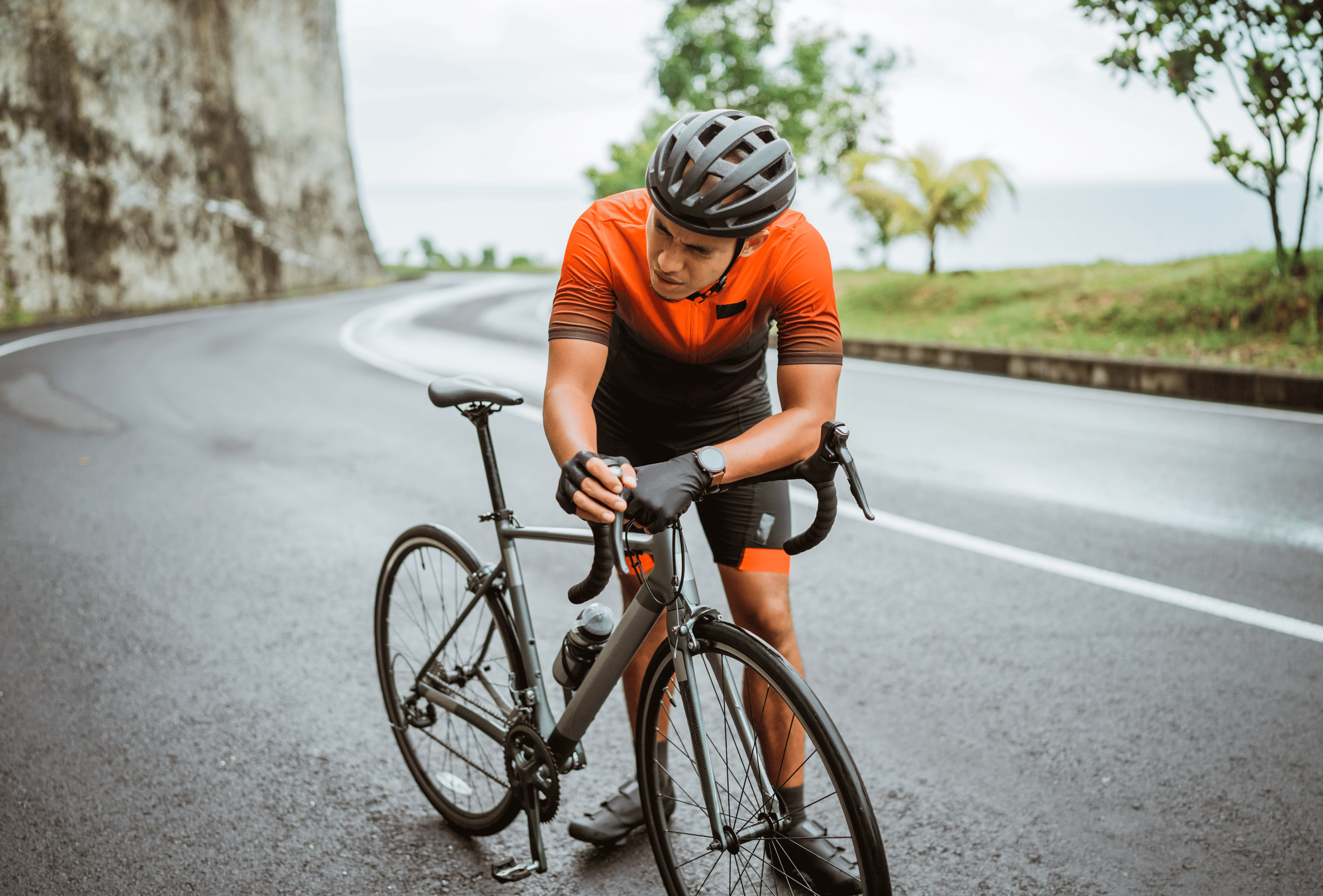
Electrolytes and Cycling Performance
1. Enhancing Hydration:
Proper hydration is fundamental for any cyclist. When we push our bodies to the limit on the road or trail, we sweat profusely, losing not only water but also essential electrolytes.
The loss of electrolytes, especially sodium and potassium, can disrupt the delicate balance necessary for efficient fluid absorption and retention. As a result, dehydration sets in, hindering our endurance, power output, and cognitive function.
By replenishing electrolytes during our rides, we can enhance hydration and combat the negative effects of dehydration. Electrolytes, such as sodium and potassium, act as the body’s hydration heroes, facilitating fluid absorption and maintaining fluid balance.
This allows us to ride stronger and longer, with improved endurance and sustained performance.
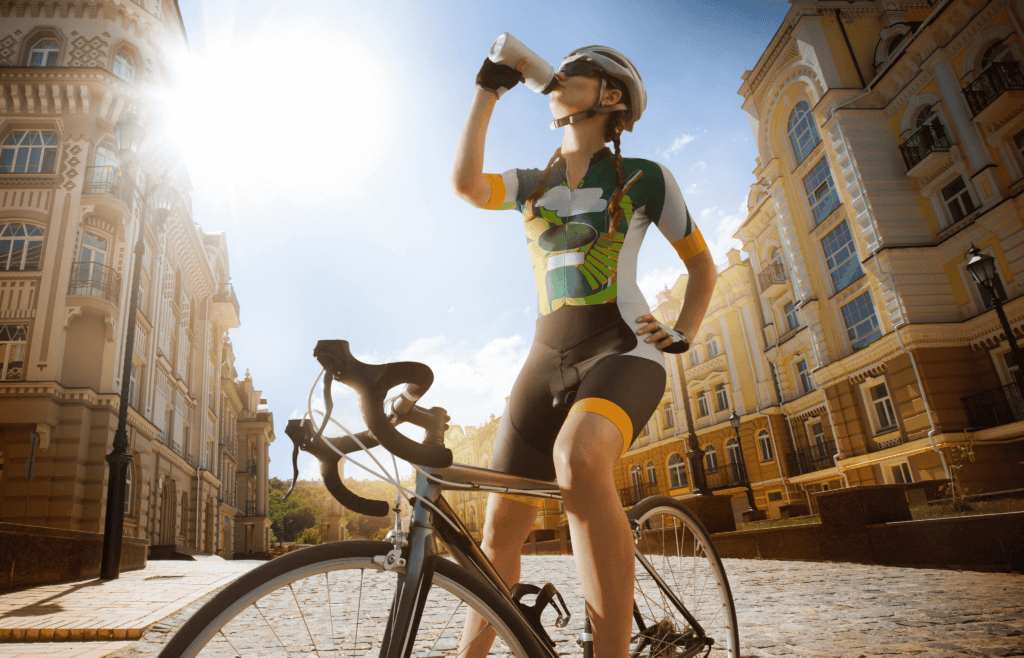
2. Fueling Muscle Function
Cycling requires the coordinated effort of our muscles, and electrolytes play a vital role in supporting their optimal function.
Sodium and potassium, in particular, are crucial for proper muscle contractions and nerve impulses. These electrolytes help transmit signals from our brain to our muscles, ensuring smooth and efficient movement.
When electrolyte levels are depleted, our muscles may be prone to fatigue, cramping, and reduced power output. Muscle cramps, in particular, can be a frustrating and painful experience for cyclists.
However, by maintaining a healthy balance of electrolytes, we can minimize the occurrence of cramps and keep our muscles firing on all cylinders.
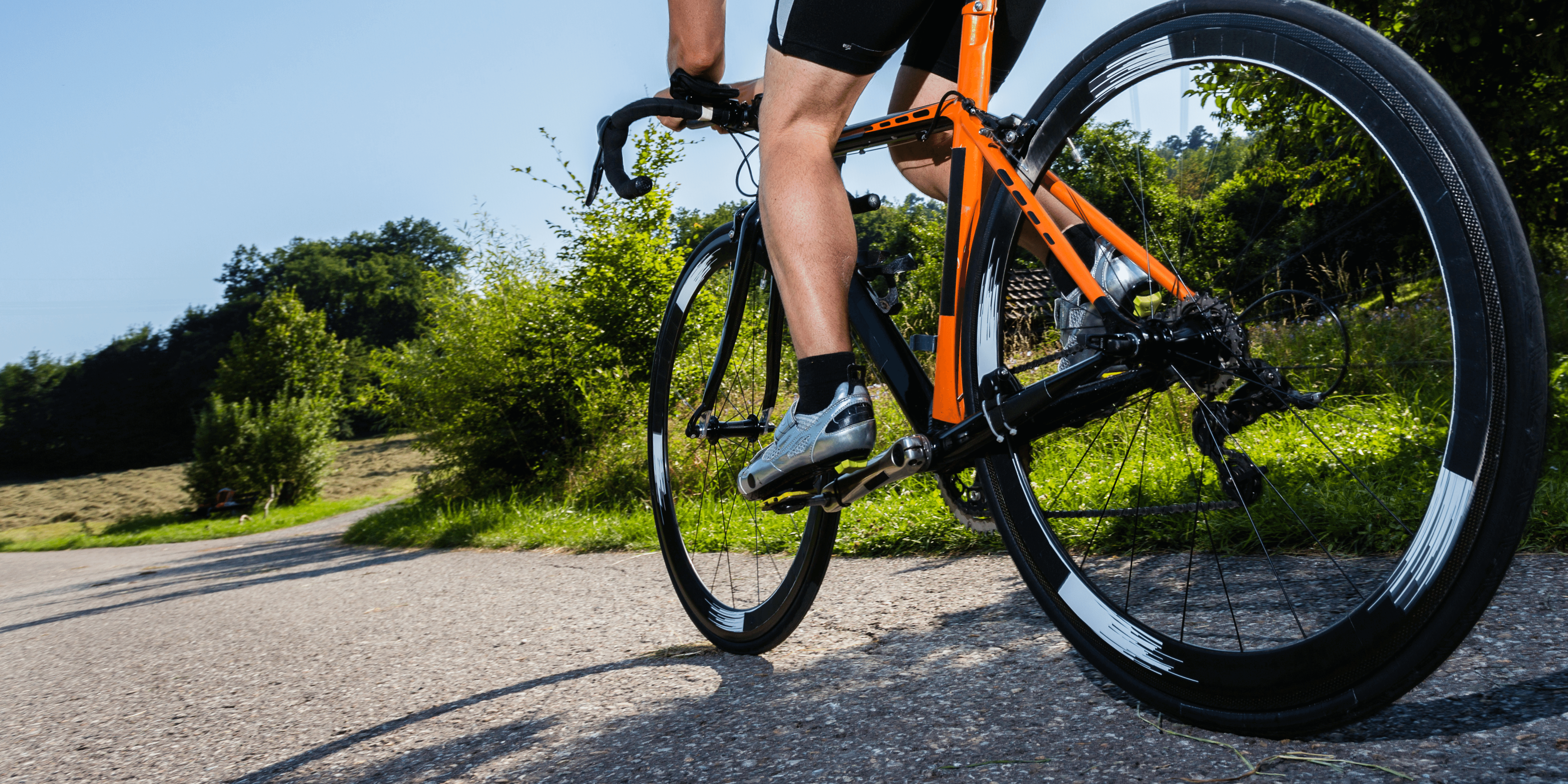
3. Sustaining Energy
Electrolytes not only contribute to hydration and muscle function but also play a role in energy production. Calcium and magnesium, two essential electrolytes, are involved in various metabolic processes that generate energy for our cycling endeavors.
Calcium supports the release of neurotransmitters, which transmit signals between nerve cells and muscle fibers. This allows for efficient muscle contractions and the sustained power necessary for climbing hills, sprinting, and enduring long rides.
On the other hand, magnesium helps convert food into energy and plays a vital role in maintaining proper muscle function throughout our rides.
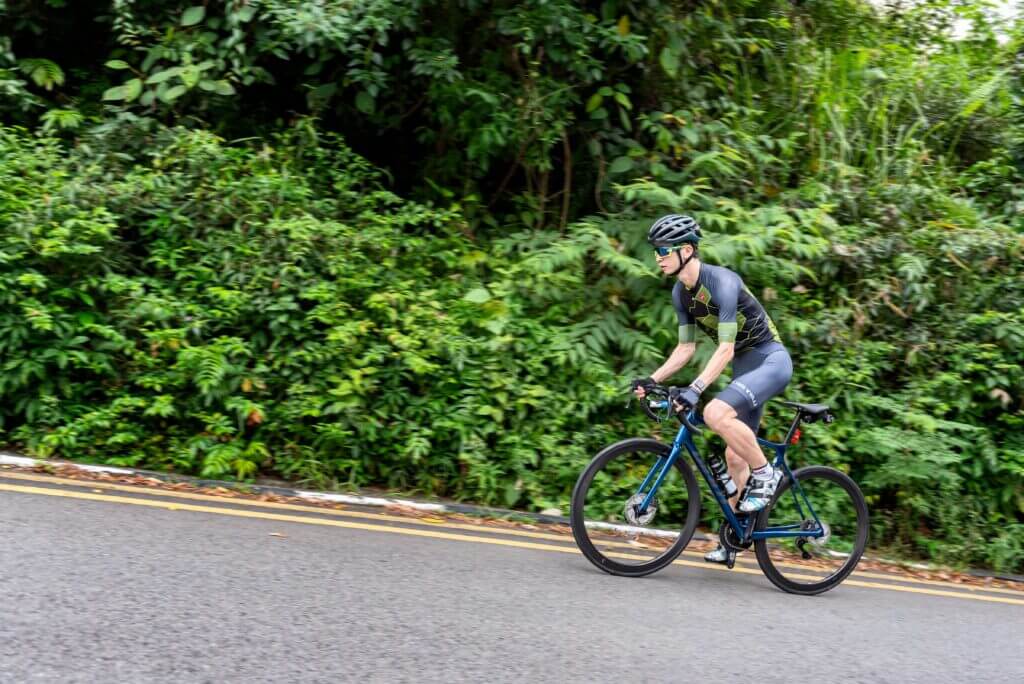
4. Electrolytes and Recovery
Recovery is an essential aspect of cycling performance. After a grueling ride, our bodies need to replenish lost electrolytes and repair damaged muscle tissues.
Electrolytes aid in this recovery process by promoting fluid balance, reducing inflammation, and facilitating the delivery of nutrients to our muscles.
By replenishing electrolytes post-ride, we can enhance the recovery phase, allowing our bodies to bounce back faster, reduce muscle soreness, and prepare for the next cycling adventure.
Sources of Electrolytes
Natural Food Sources
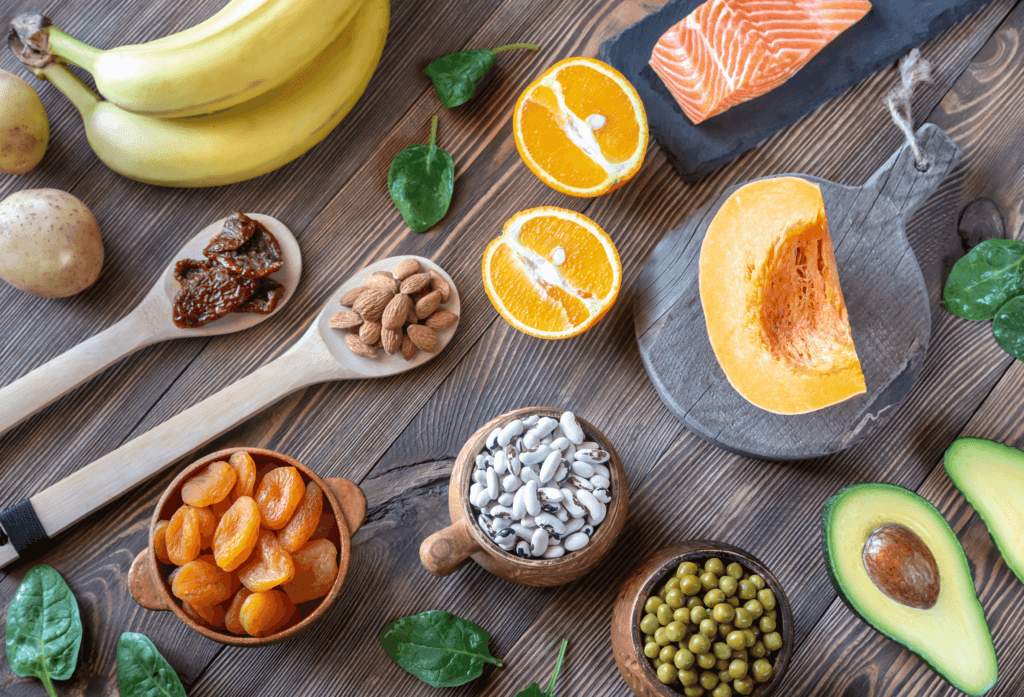
Nature provides a wide array of delicious and nutrient-dense foods that are rich in electrolytes. Incorporating these natural sources into our diet not only helps replenish electrolytes but also offers additional health benefits.
Bananas: This humble fruit is a fantastic source of potassium, a key electrolyte for muscle function. Enjoying a banana before or after a ride can help replenish potassium levels and prevent muscle cramps.
Oranges: Bursting with flavor and hydration, oranges are not only a refreshing treat but also a great source of electrolytes, including potassium. Snacking on juicy orange slices can help boost your electrolyte intake and keep you hydrated during your cycling adventures.
Avocados: Creamy and nutritious, avocados are packed with essential electrolytes like potassium and magnesium. Adding slices of avocado to your post-ride meal or incorporating guacamole into your snacks can provide a tasty electrolyte boost.
Leafy Greens: Spinach, kale, and other leafy greens are nutritional powerhouses, rich in a variety of minerals, including calcium and magnesium.
These electrolytes support muscle function and overall health. Adding leafy greens to salads, smoothies, or stir-fries can help replenish electrolyte stores and provide a host of other beneficial nutrients.
Nuts: Almonds, walnuts, and other nuts are not only a convenient and portable snack but also a source of electrolytes. They contain magnesium, calcium, and potassium, making them an ideal choice for a quick electrolyte replenishment on the go.
Electrolyte Supplements
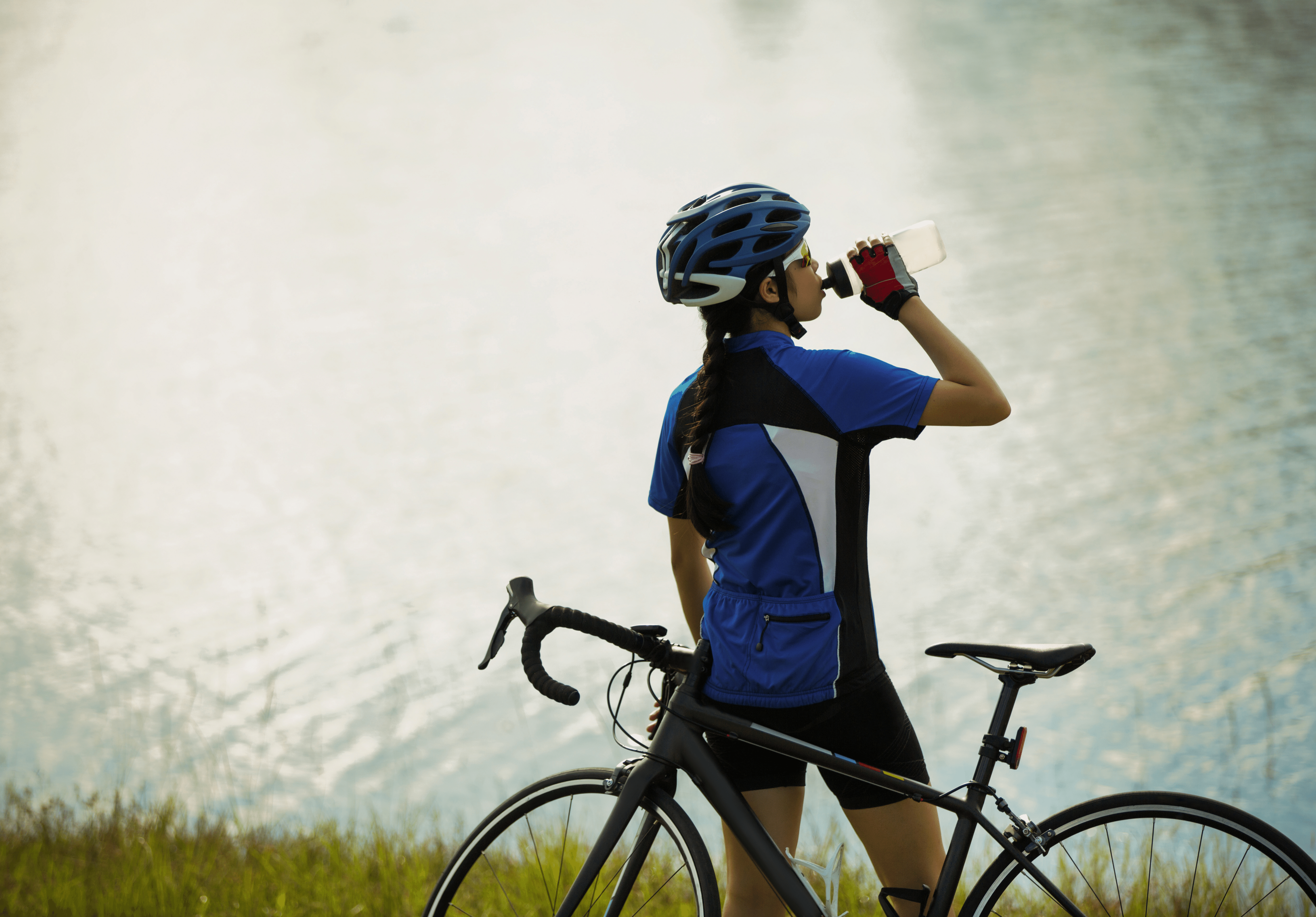
While natural food sources are excellent options, there are instances where electrolyte supplementation may be beneficial, especially during intense training sessions or long rides.
Electrolyte supplements are specifically formulated to provide a concentrated dose of electrolytes, ensuring you meet your specific needs as a cyclist.
Electrolyte Drinks: Ready-to-consume electrolyte drinks are convenient and often come in various flavors. These beverages are designed to deliver a precise blend of electrolytes, helping you stay hydrated and replenish lost minerals during your rides.
Electrolyte Tablets: Electrolyte tablets are portable and easy to carry, making them a popular choice among cyclists. Simply drop a tablet into your water bottle, and you’ll have a refreshing and electrolyte-rich drink ready to fuel your performance.
Electrolyte Powders: Electrolyte powders can be mixed with water to create a customized electrolyte drink tailored to your needs. These powders often provide a range of electrolytes, allowing you to personalize your hydration strategy.
Homemade Electrolyte Drink Recipe
This homemade electrolyte drink provides a natural and refreshing way to replenish electrolytes during and after your rides.
It offers a balanced combination of potassium, sodium, calcium, and magnesium to support hydration and muscle function. Enjoy sipping on this homemade beverage to stay hydrated and keep your electrolyte levels in check.
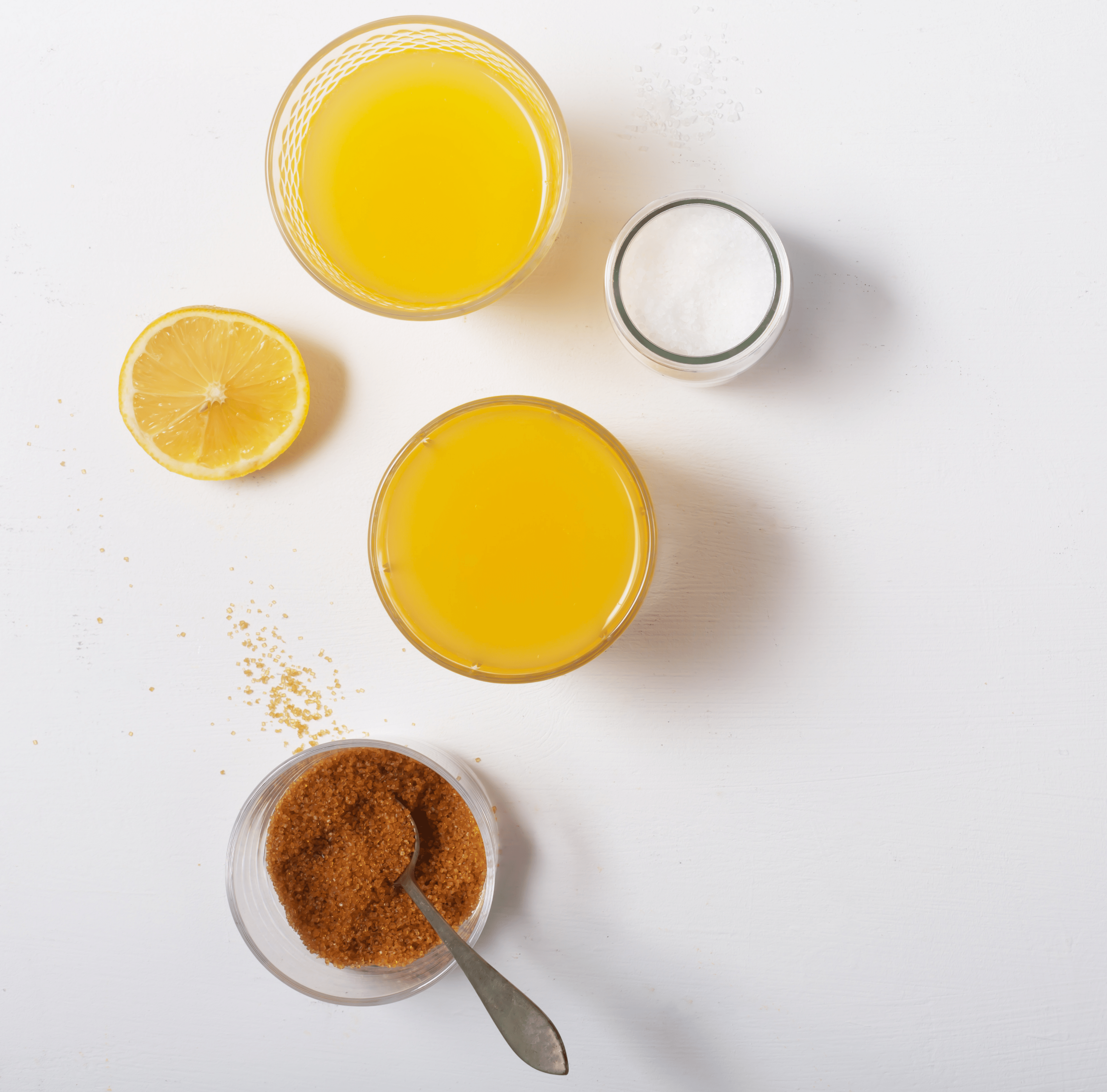
Ingredients:
- 2 cups of coconut water (rich in potassium and natural electrolytes)
- 1 cup of freshly squeezed orange juice (a good source of vitamin C and electrolytes)
- 1 tablespoon of honey or maple syrup (optional, for natural sweetness)
- 1/4 teaspoon of sea salt (provides sodium and other trace minerals)
- 1/4 teaspoon of calcium magnesium powder (available at health food stores, adds additional electrolytes)
Instructions:
- In a pitcher or large mixing bowl, combine the coconut water and freshly squeezed orange juice.
- Stir in the honey or maple syrup, if using, to sweeten the drink to your taste.
- Add the sea salt and calcium magnesium powder to the mixture and stir well until everything is thoroughly combined.
- Taste the mixture and adjust the sweetness or saltiness as desired.
- Transfer the homemade electrolyte drink to a bottle or container and refrigerate until chilled.
- Serve the drink over ice or take it with you in a reusable bottle for your cycling adventures.
FAQ About Electrolytes for Cyclists
How much water and electrolytes should I consume during a long ride?
It is recommended to consume approximately 500-750 mL (17-25 fl oz) of fluids with electrolytes per hour of cycling, depending on factors such as intensity, temperature, and personal sweat rate. you can adjust the intensity, duration, and terrain of your cycling sessions to match your fitness level and goals.
Can I consume too many electrolytes?
While electrolytes are essential, excessive consumption can lead to electrolyte imbalances. It’s crucial to follow recommended guidelines and consult with a sports nutritionist if you have specific concerns.
What are the signs of electrolyte imbalance?
Symptoms of electrolyte imbalance may include muscle cramps, fatigue, dizziness, nausea, and irregular heart rhythm. If you experience these symptoms, it’s important to assess your electrolyte intake and seek medical advice if necessary.
Are there any natural alternatives to electrolyte supplements?
Natural alternatives include coconut water, which contains natural electrolytes, or homemade electrolyte drinks using a combination of citrus fruits, honey, and a pinch of salt. See the recipe for the homemade electrolyte drink in the post above.


